Keeping the Traditions of Ube and Matcha Alive
As I have grown, I have gone from only being able to eat ube in the Philippines to being able to order it at a local cafe. Because of this, I often step up to the counter and proudly order an Ube Latte (with oat milk) with an Ube cookie like it's a mark of honor to partake in this sacred meal, meanwhile knowing that many people might not even realize the significance of this purple yam flavored delicacy.
“As someone from the Filipino American diaspora, I have always wondered why my eyes get wide and excited when I see anything Ube on the menu”
Ube isn't the only Asian flavor that has seen its rise in popularity within mainstream U.S. food culture. Matcha, an earthy Japanese powder made from green tea leaves, also has thrived in the U.S. food scene, and has made its rounds on social media. Both Ube and Matcha, have been featured in various high profile publications (see Matcha Madness (2015) and Ube Taking over the World (2021)) and you would be lying if you said that you have never seen the beauty of the deep greens and light purples swirling on your timeline.
While I could write about the origins of Matcha and Ube (which you can find more about ube and matcha through these articles), I was more curious about why these flavors incite feelings of nostalgia. Why are these flavors so important to our communities? And what Ube and Matcha Rising together means?
Connection to the Homelands
In terms of Ube and Matcha, they are both direct connections to the lands of The Philippines and Japan.
In order to make Ube and Matcha, it takes the tender care of Filipino and Japanese farmers, connecting us closer to our fellow countrymen.
Below you can learn about the intense processes that it takes to create our beloved flavors and about contemporary issues that face those who produce them.
Ube
There are many Ube varieties that can be grown, each with their own processes of production. While many consider Ube a Low-maintenance tuber, there are many factors farmers must consider when growing Ube:
Contemporary Issue: There could be an Ube shortage! Increase in demand and Global Warming are making it harder for Filipino Farmers.
“Enjoying these flavors is like taking a piece of a land we may long for, and ingesting it like a medicine to cure our homesickness. ”
Matcha
“Producing matcha tea is a process which requires skilled labor at each stage. The tea plants must be cared for, properly shaded, and then processed in specific methods. Thereafter, a tea master will sample processed tea leaves (tencha) to assess quality and flavor. Once the tea master is confident of its quality and flavor, tea leaves of different tea plants will be mixed in specific proportions, creating a tea ‘blend’ . The tea ‘blend’ is then ground to become matcha.” -Naoki Matcha
Contemporary Issue: Age is impacting the Tea Industry! As respected tea farmers and drinkers get older, the culture of tea has started to diminish among younger folks.
Customs and Traditions
These flavors also are extremely culturally significant. Both the starch and the plant are rooted in ceremony or custom, and are unique to the islands that they originate from.
Ube
Source: Red Ribbon USA
Honoring the nourishment of Ube and kissing it when it falls to the ground! 😘
“We can learn from our elders, who, before the commercialization of ube, considered the root as sacred. In Bohol, ube was a staple in times of hardship; alongside coconuts and bananas, it was readily available to natives hiding in the mountains in the wartime years when food became scarce during the Spanish, American, and Japanese occupations.
Bohol legend says that when drought swept the land and famine persisted, ube was the sole crop that survived to provide Boholanos nourishment. Ube was so venerated that Boholanos would kiss ube that accidentally fell to the ground and apologized, a sign of respect honoring the food given to them by Bathala, originator and ruler of the universe in ancient Tagalog theology.” -Meryenda Blog
Matcha
Honoring the simplicity of life by enjoying matcha green tea! 🍵
“The tea ceremony, or “chanoyu” in Japanese, is a ritual of intention and quiet reflection. For tea masters, it’s an art form requiring years of study. A traditional chanoyu gathers around the artful preparation, presentation and enjoyment of matcha green tea. It’s also a time to connect to the present and appreciate the company of one’s host or guests.
Widely revered as the greatest tea master of all time, Sen no Rikyū approach is called wabi-cha, the notion of finding beauty in the simple and imperfect.
Rikyū pioneered a democratic quality to the ceremony. He made the tea room smaller so guests would sit close together regardless of social class. One of his greatest contributions was the nijiri guchi, the tiny doorway of a tea house. Its low height requires one to bow his or her head to enter, thus making a humble entrance.”
Health and Wellness
Beyond any symbolic partaking of the treats, both ube and matcha have medicinal benefits. When we ingest the properties of ube and matcha, we are helping heal our bodies and souls!
Community
Ube and Matcha are becoming an important testament to the fact that our communities are here, and have deep cultures and histories that refuse to be forgotten.
Through learning about Ube and Matcha, we can see that they have survived years of oppression and continue to give us context of Filipino and Japanese culture.
“While Ube and Matcha aren’t the main reason for our community coming together, it doesn’t hurt for us to have something physical to share with each other. They are foods that we can present and not have to say a word for others to recognize its brilliance.”
Because of this, Ube and Matcha bring us closer to our communities and to understanding each other a bit more in this wild world. They give people in the diaspora something to connect over, and they give us something delightful to share.
Why Ube and Matcha Rising Together Matters
Filipino and Japanese farm workers loading pea crates : Nagano Farm, Morro Bay : 1925
When it comes to swirling the flavors together, it reminds me of the shared history between Japanese Americans and Filipino Americans. Whether the blending of cultures and organizing on the plantations of Hawai’i or the solidarity on Bainbridge Island, WA during Incarceration, our two communities have always been stronger together and it feels like the rise of our flavors at the same time echoes that sentiment.
Why pit two beautiful flavors against each other? Instead we opt to honor our legacies by supporting Japanese and Filipino chefs, bakers, and businesses that have made the rise of Ube and Matcha possible in the first place. Listed down below are a few of our Bay Area favorites, all vendors who will be at Yum Yams representing the cultures and flavors that make us feel more at home.

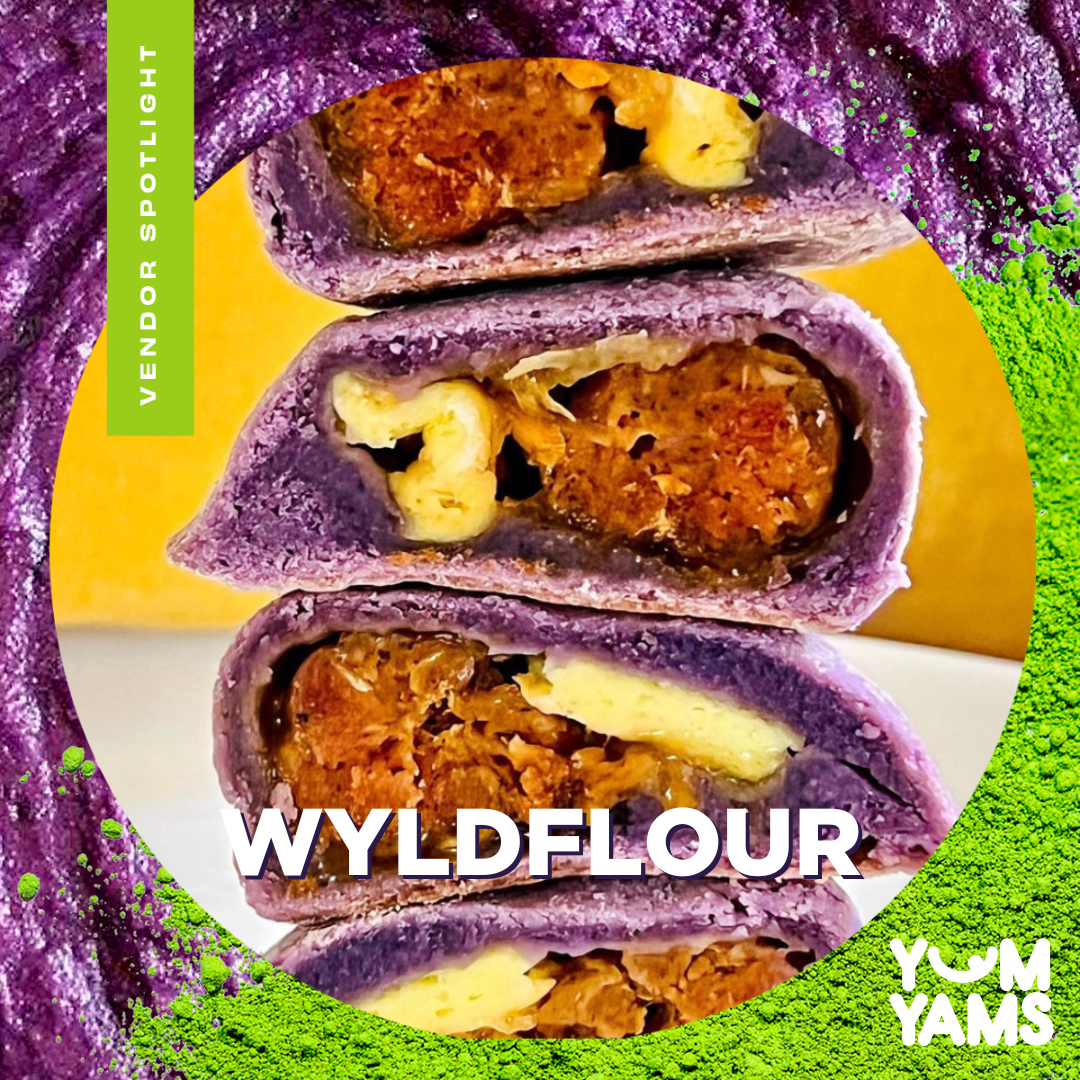
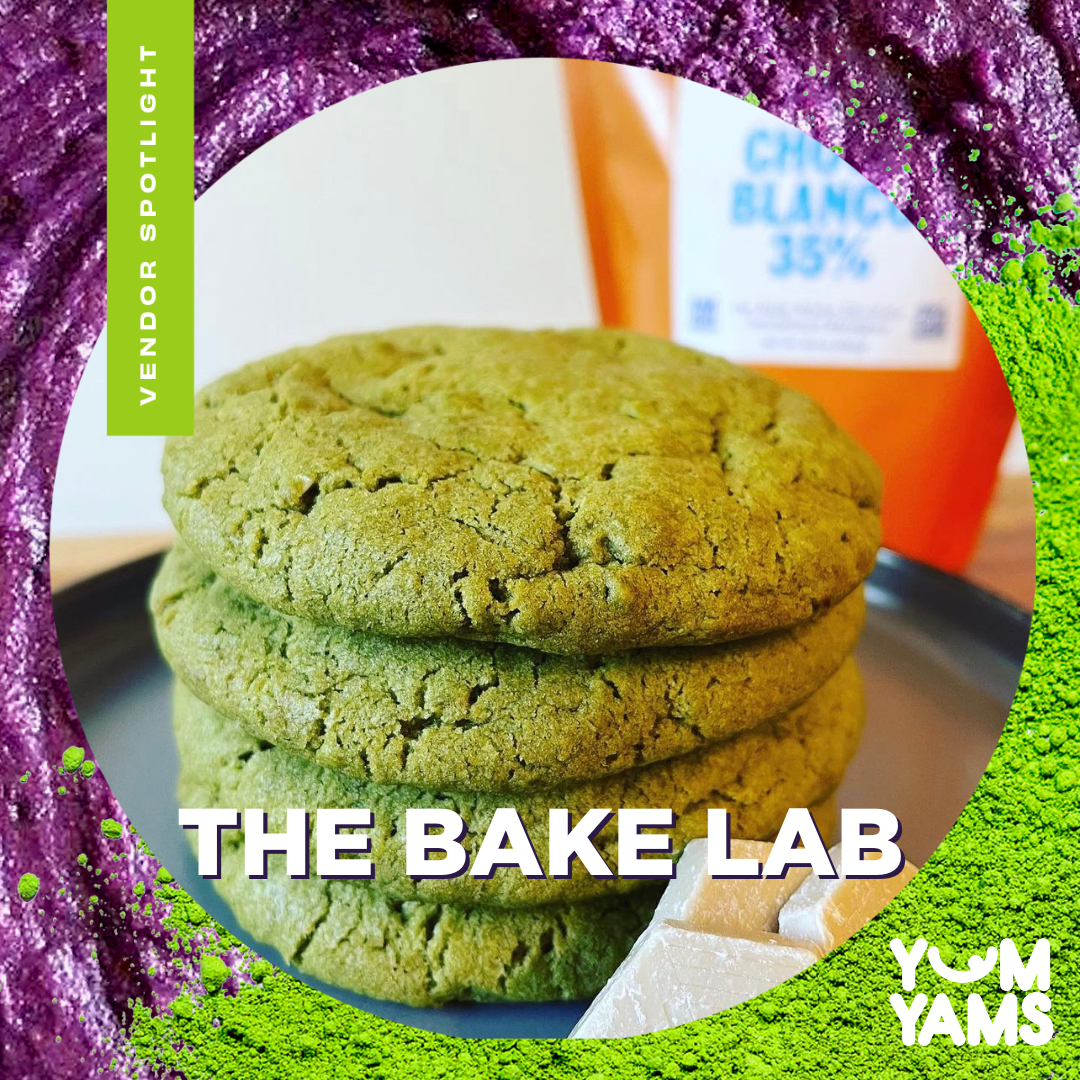
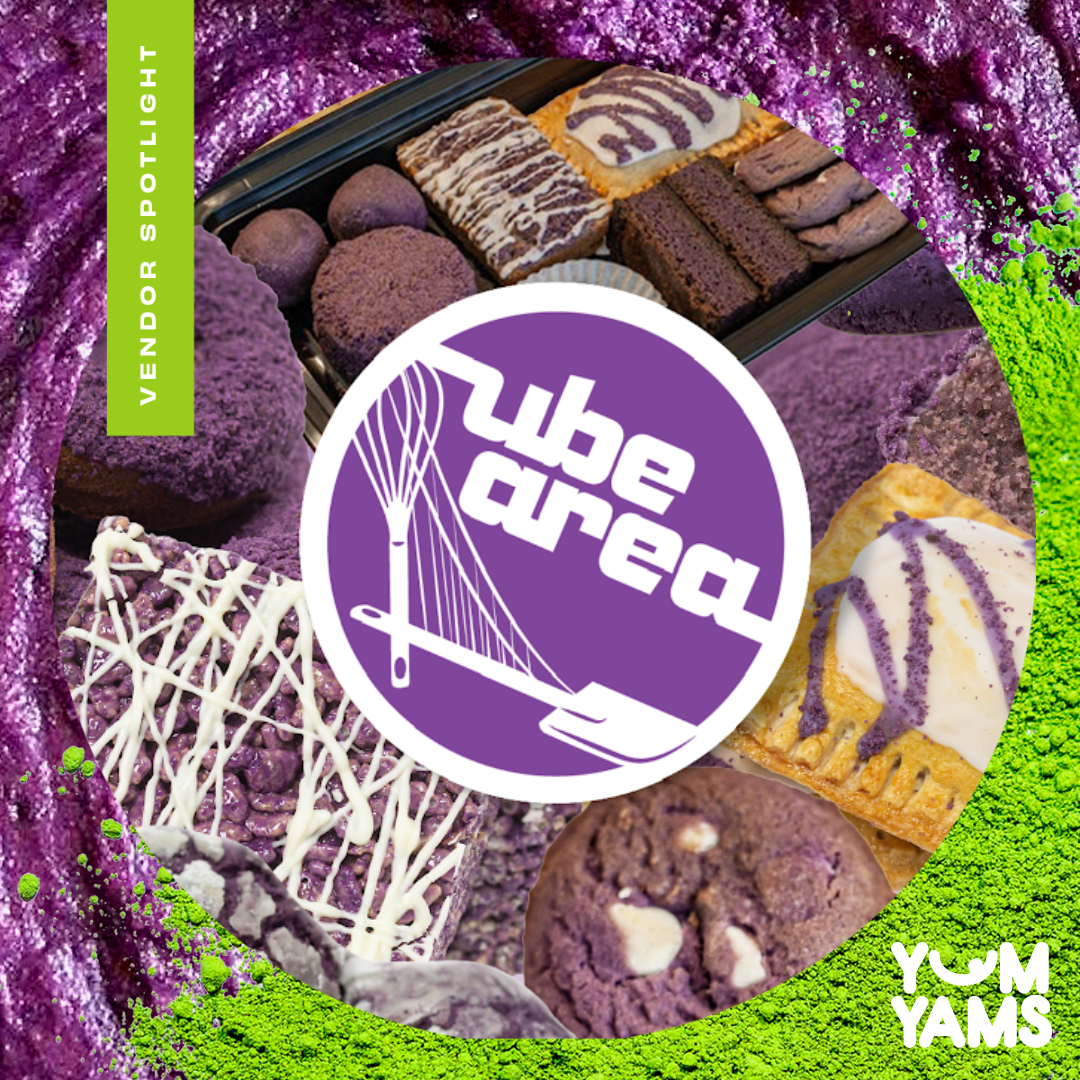
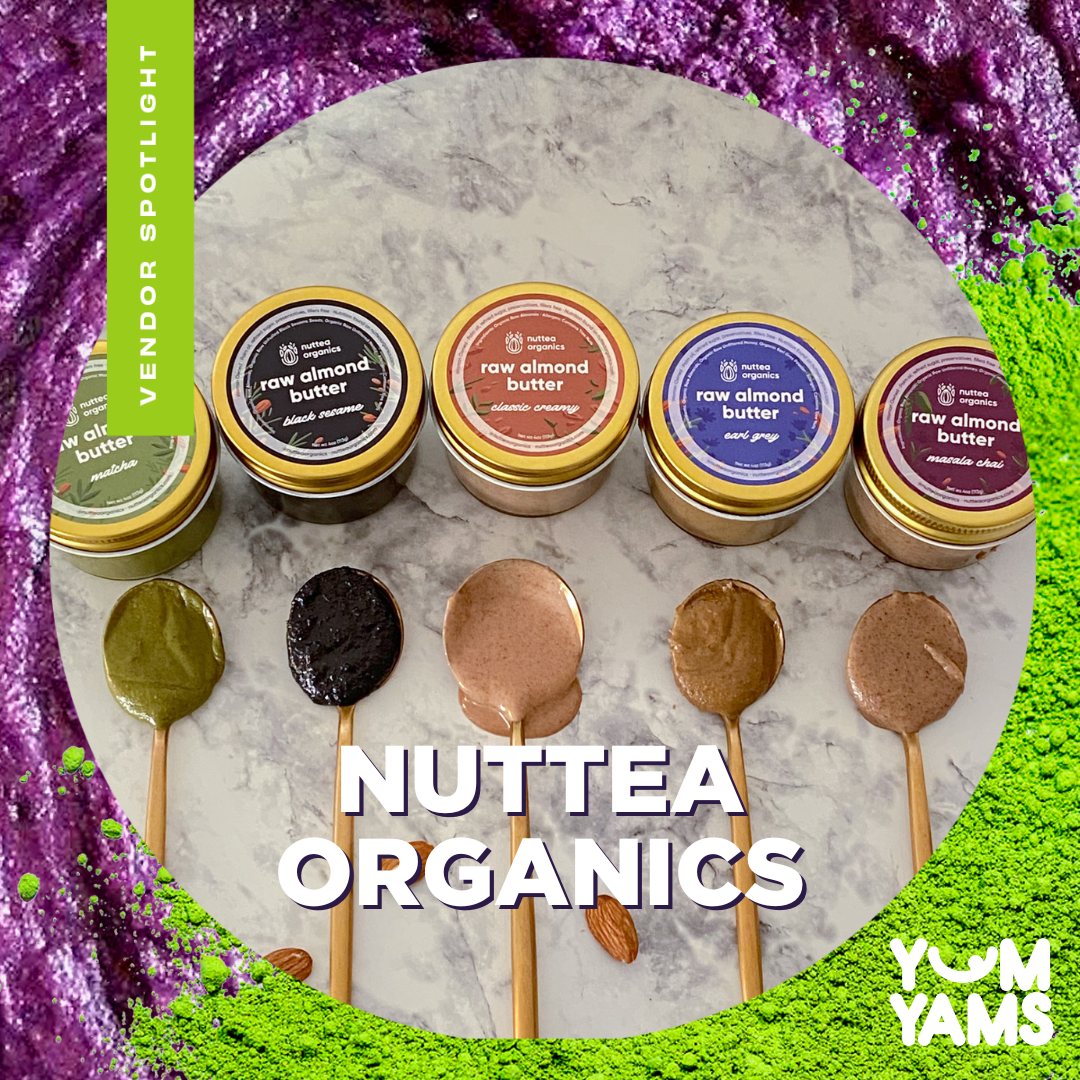
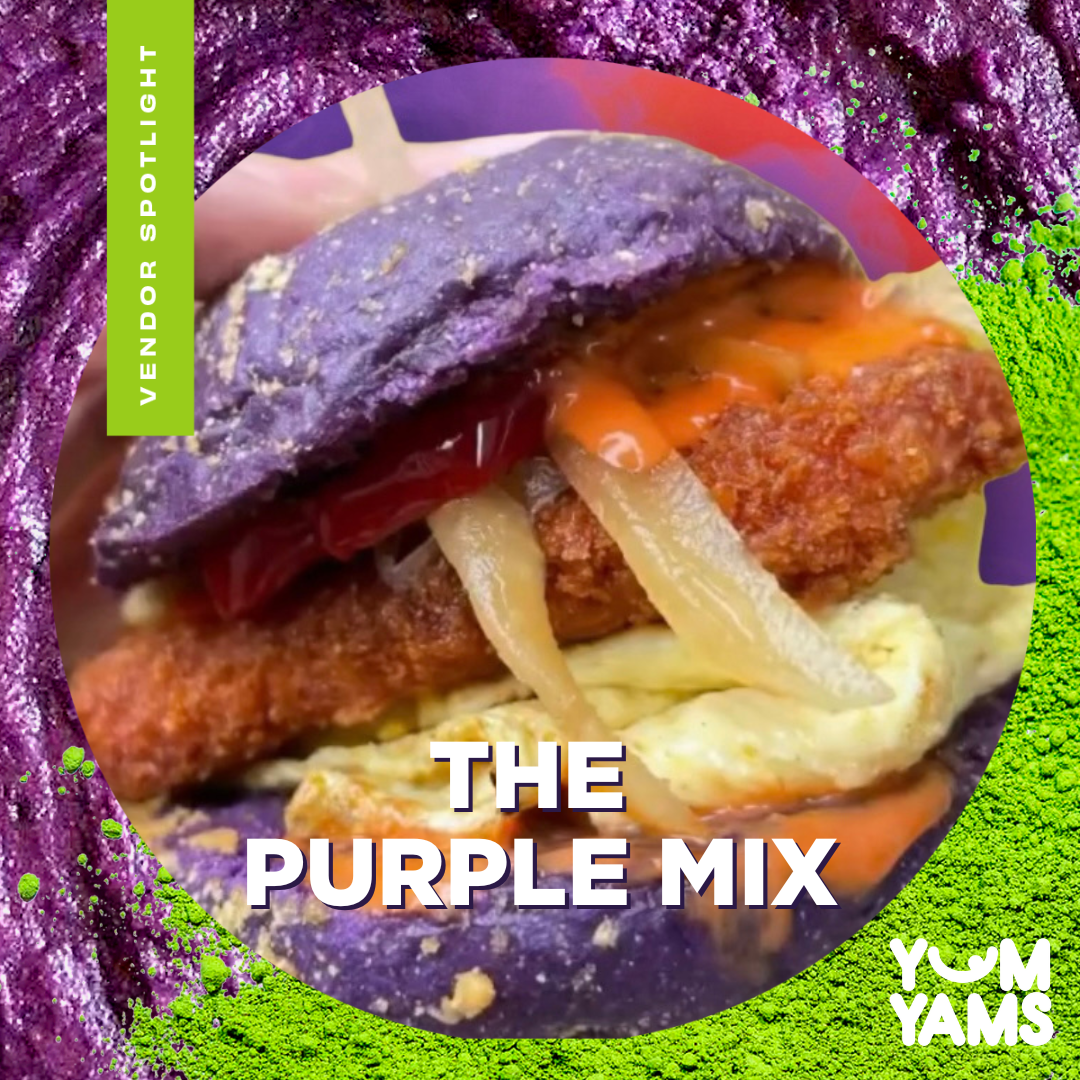
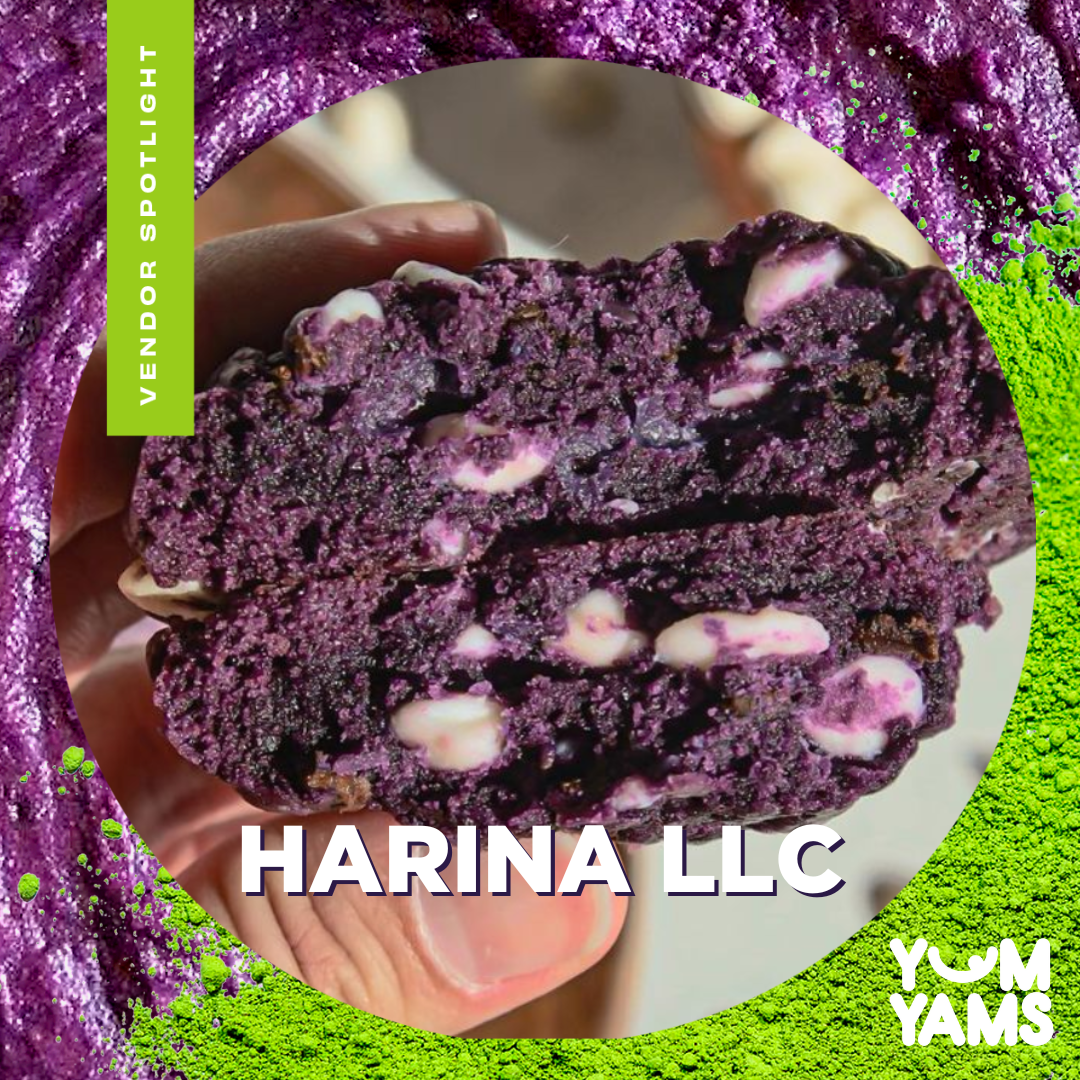
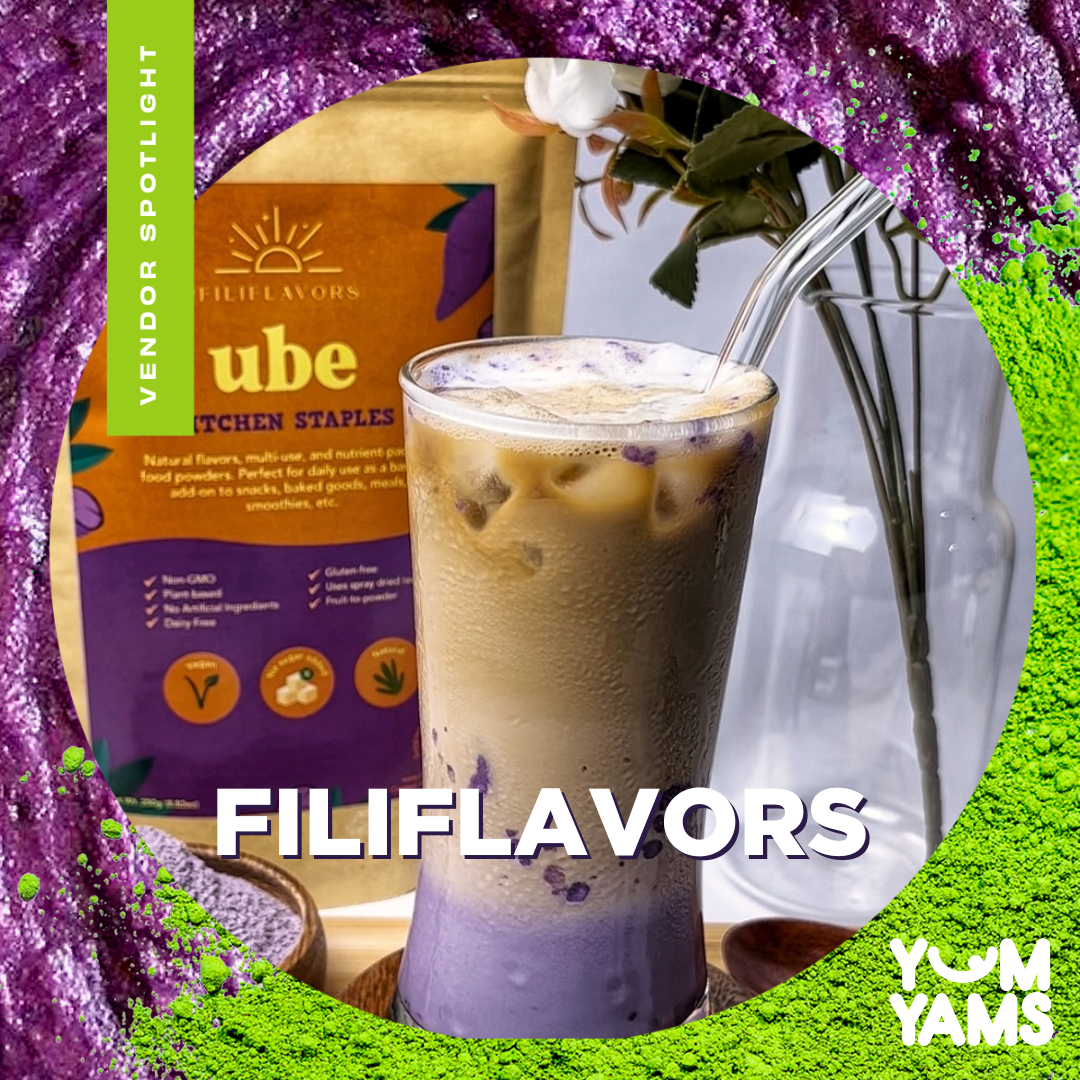
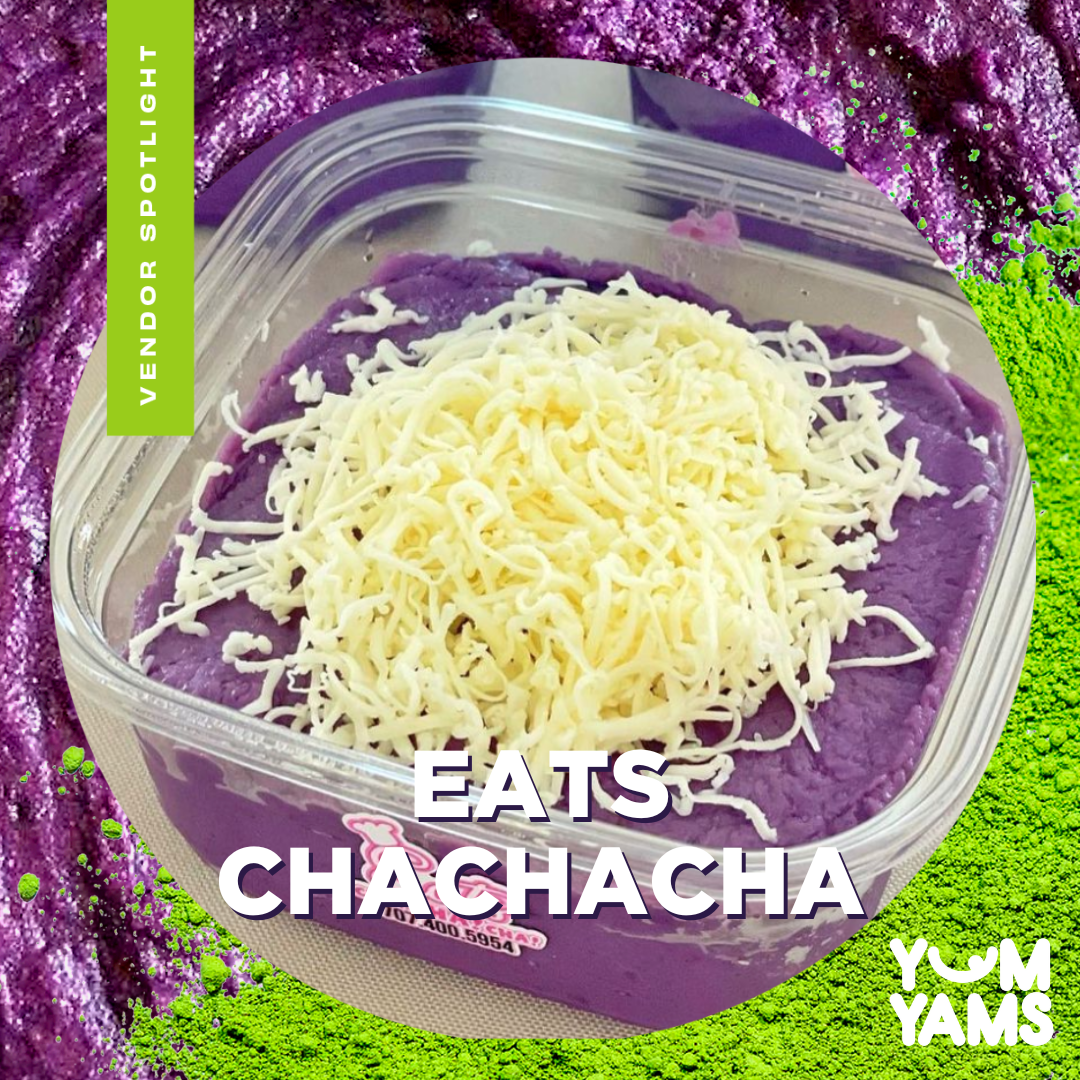


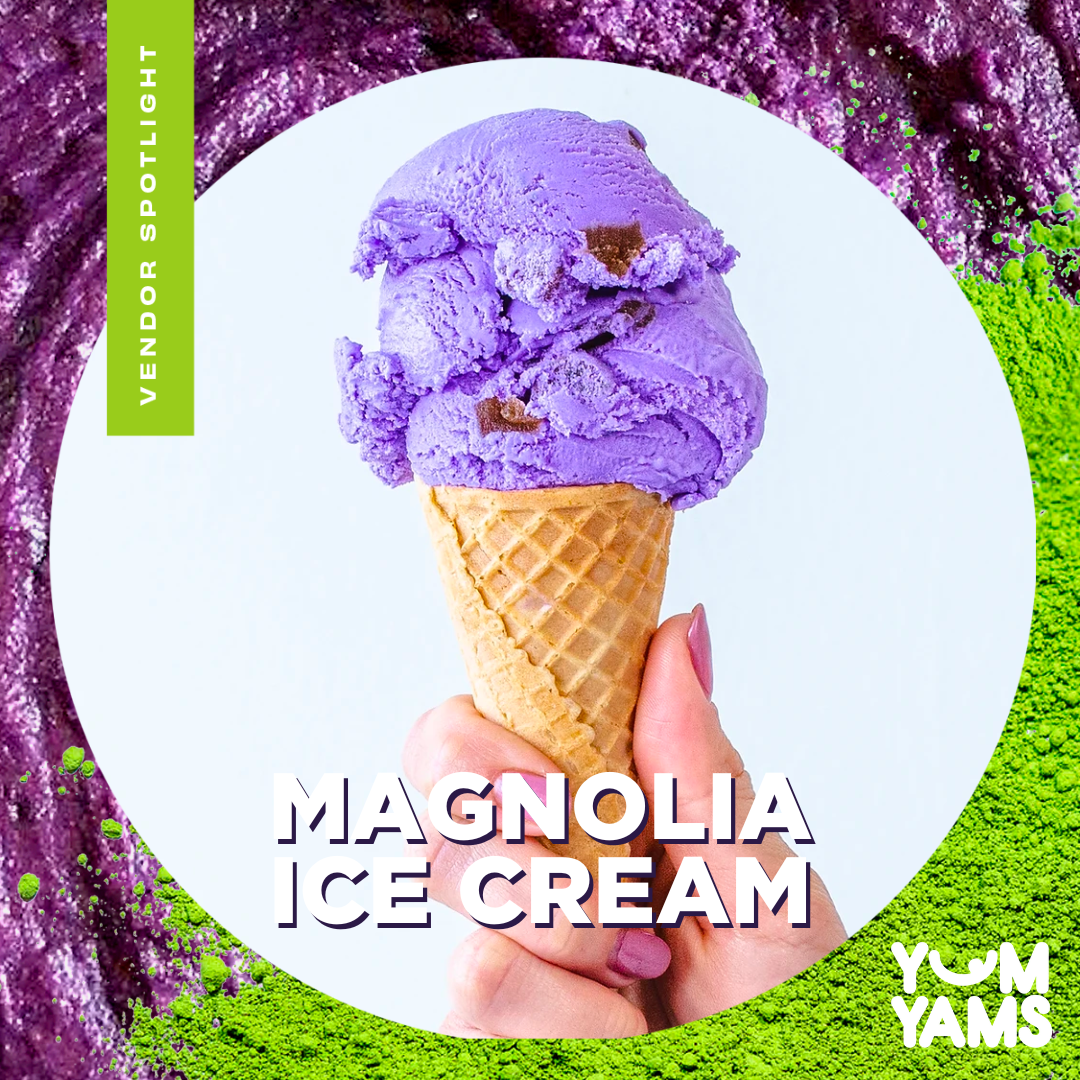
As I continue to grow up and see Ube and Filipino culture more incorporated in daily life, my hope is that others learn about and recognize the important histories and significance of our communities and the lands they come from. It feels like seeing Ube on the menu is one step closer to being seen. But we want to be more than just a people of Ube, we aim to be heard, supported, and advocated for.
As I sip on my Matcha latte with Ube syrup with swelling pride, I hope that others will come to know the true significance of our cultures flavors, and will join us in celebration of our fateful ube and matcha meeting.
RSVP DOWN BELOW!
Tickets for Yum Yams are FREE but we are accepting sliding scale donations. Your donations will help us continue to host our future events and keep our garden growing.











